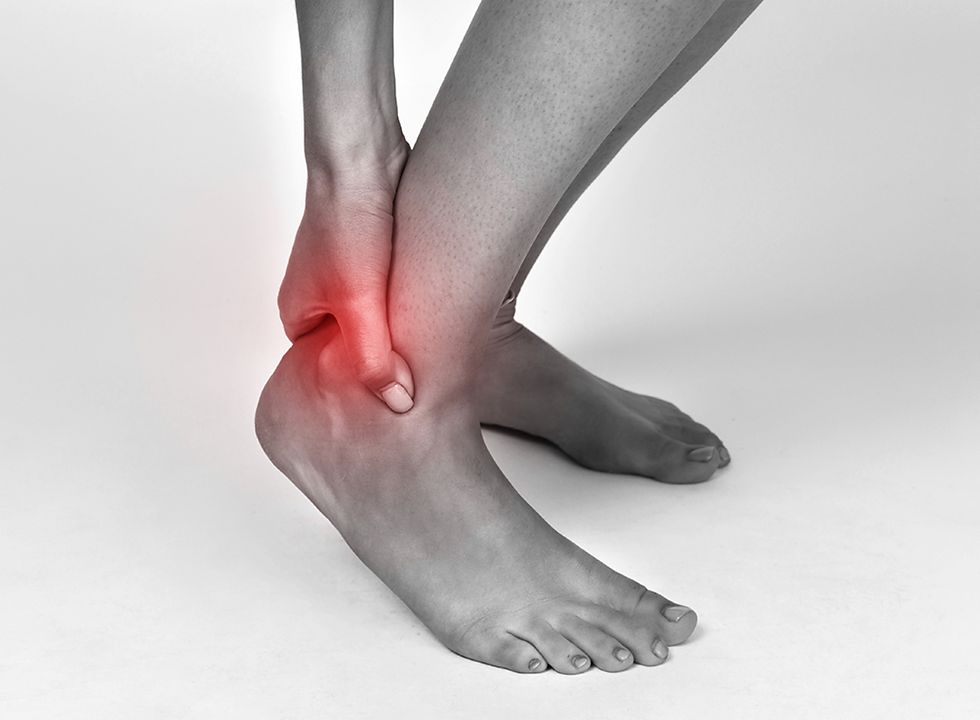Lower Back Stress Fractures: A Fast Bowler’s Worst Nightmare
- E-Young Khoo
- Jan 16, 2024
- 2 min read
Lower back stress fractures, also known as spondylolysis, is a common condition that can cause significant pain and discomfort. This condition occurs when a small crack or fracture develops in one of the vertebrae of the lower back, usually as a result of repeated stress or trauma to the area. Spondylolysis is most commonly seen in athletes who participate in sports that involve repetitive twisting or bending of the lower back, such as gymnastics, football, or weightlifting.

Symptoms of spondylolysis can include lower back pain, stiffness, and muscle spasms. In severe cases, nerve damage or spinal instability may occur, which can lead to weakness, numbness, or tingling in the legs.
Fortunately, physiotherapy can be an effective treatment for spondylolysis. Our physiotherapists can work with a patient to develop a personalised treatment plan that is designed to relieve pain, improve flexibility and mobility, and strengthen the muscles of the lower back.
The first step in treating spondylolysis with physiotherapy is to rest and allow the fracture to heal. During this time, our physiotherapists can recommend gentle exercises and stretches that are designed to maintain flexibility and range of motion in the lower back without putting undue stress on the affected vertebra.
Once the fracture has healed, our physiotherapists can work with the patient to develop a comprehensive rehabilitation program that includes a combination of manual therapy, exercise, and education.
Manual therapy, such as massage can be effective in relieving muscle tension and improving range of motion in the lower back. Exercise is an important part of the rehabilitation program, as it can help to strengthen the muscles of the lower back, improve posture, and increase flexibility.
Education is also an important component of physiotherapy for spondylolysis. Our physiotherapists can teach patients how to avoid activities that may aggravate their condition, as well as how to maintain good posture and body mechanics to prevent further injury.
In addition to physiotherapy, other treatments for spondylolysis may include the use of braces or back supports to stabilise the affected vertebra and reduce pain, as well as medications to manage pain and inflammation.
Lower back stress fractures can be a painful and debilitating condition, but physiotherapy can be an effective treatment option. A comprehensive rehabilitation program that includes manual therapy, exercise, and education can help patients recover from spondylolysis and prevent further injury. If you are experiencing symptoms of spondylolysis, it is important to seek medical attention to determine the underlying cause and appropriate treatment options. Book in a session today and start your journey to recovery.



Comments